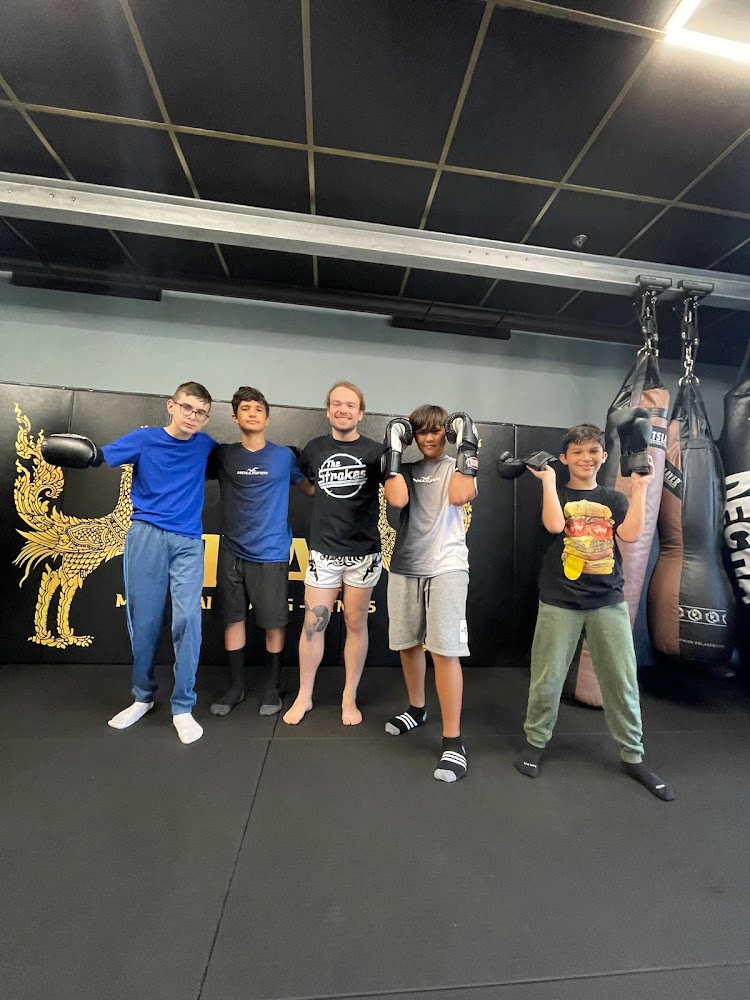Muay Thai, often referred to as the “Art of Eight Limbs,” is a captivating martial art that has gained immense popularity not only in its home country of Thailand but also worldwide. If you’ve ever wondered, “What’s Muay Thai?” then you’re in the right place. In this comprehensive guide, we will unveil the essence of Muay Thai, exploring its history, techniques, significance, and why it has become a beloved combat sport and self-defense art around the globe.
What Is Muay Thai?
Muay Thai, also known as Thai boxing, is a martial art and combat sport that originated in Thailand. It is often referred to as the “Art of Eight Limbs” due to its utilization of the fists, elbows, knees, and shins. Muay Thai is a striking art that involves both stand-up striking and clinching techniques. The objective of Muay Thai is to defeat an opponent either by knockout or through a decision rendered by judges.
A Brief History of Muay Thai
Muay Thai’s origins can be traced back to the battlefields of ancient Thailand, where soldiers developed hand-to-hand combat techniques. Over time, these techniques evolved into a formalized martial art. Here are some key historical milestones in the development of Muay Thai:
- Ancient Origins: The foundations of Muay Thai can be traced back over a thousand years to the hand-to-hand combat techniques used by Siamese (Thai) soldiers.
- Ayutthaya Period (14th to 18th Century): During the Ayutthaya Kingdom, Muay Thai began to take on a more organized and formalized structure, with the introduction of rules and codes of conduct.
- Rama I: Rama I, the founder of the Chakri Dynasty, played a significant role in popularizing Muay Thai. He established royal fighting academies, where the art was taught to the public.
- Modernization (20th Century): In the early 20th century, Muay Thai underwent significant modernization and rule standardization. This modernization process led to the sport’s recognition as a formalized martial art and combat sport.
The Significance of Muay Thai
Muay Thai is deeply woven into the cultural fabric of Thailand. It is not merely a combat sport but a source of national pride and tradition. Some of the key elements that make Muay Thai significant include:
- Cultural Heritage: Muay Thai is considered the national sport of Thailand and is deeply ingrained in Thai culture and traditions.
- Respected Fighters: Muay Thai fighters are highly respected individuals in Thai society, often celebrated as heroes. Muay Thai matches are festive events accompanied by rituals and ceremonies.
- Self-Defense and Combat Sport: Beyond its cultural importance, Muay Thai is revered for its effectiveness as a combat sport and self-defense system. It equips individuals with the skills to protect themselves and engage in competitive sport.
Muay Thai Techniques
Muay Thai is renowned for its striking techniques, which include punches, kicks, elbows, knees, and clinches. Here are some of the fundamental techniques in Muay Thai:
- Jab: The jab is a quick, straight punch used to set up combinations and keep the opponent at
bay. - Cross: The cross is a powerful straight punch thrown from the rear hand.
- Hook: The hook is a looping punch that targets the opponent’s head or body.
- Low Kick: Low kicks are powerful leg kicks aimed at the opponent’s thighs or calves to disrupt their balance.
- Roundhouse Kick: The roundhouse kick is a signature Muay Thai move involving a powerful kick with the shin or instep.
- Elbow Strikes: Muay Thai includes various elbow strikes, such as the horizontal elbow, uppercut elbow, and spinning elbow.
- Clinching: Muay Thai practitioners often engage in clinching to control their opponent’s
movements and deliver close-range strikes.Knees can be used for close-range striking, including knee strikes to the body or head. - Clinching: Muay Thai practitioners often engage in clinching to control their opponent’s
movements and deliver close-range strikes. Muay Thai practitioners often engage in clinching to control their opponent’s movements and deliver close-range strikes.
Why Muay Thai Is Popular
Muay Thai’s popularity extends beyond Thailand due to several compelling reasons:
- Effective Self-Defense: Muay Thai equips individuals with practical self-defense skills that are both effective and applicable in real-life situations.
- Physical Fitness: Muay Thai training provides an excellent full-body workout, promoting cardiovascular fitness, strength, and flexibility.
- Mental Discipline: Muay Thai emphasizes mental discipline, focus, and perseverance, which can be applied to various aspects of life.
- Stress Relief: The physical intensity of Muay Thai can serve as a healthy outlet for stress and tension.
- Community and Camaraderie: Muay Thai gyms often foster a sense of community and camaraderie among practitioners, creating a supportive environment for learning and growth.
Conclusion
Muay Thai, the “Art of Eight Limbs,” is a martial art and combat sport with deep historical roots in Thailand. It has evolved from ancient battlefield techniques to become a celebrated cultural tradition and a globally popular martial art. Muay Thai’s effectiveness as a self-defense system, physical fitness benefits, and mental discipline make it a transformative and rewarding journey for practitioners.
Whether you’re looking to enhance your self-defense skills, improve your physical fitness, or delve into a vibrant and respected martial art, Muay Thai offers a path to self-discovery and personal growth. It’s a martial art that goes beyond the physical, teaching mental fortitude, discipline, and a deep appreciation for Thai culture and traditions.
With its rich history, captivating techniques, and cultural significance, Muay Thai continues to inspire and empower individuals around the world, making it much more than just a martial art—it’s a way of life.

